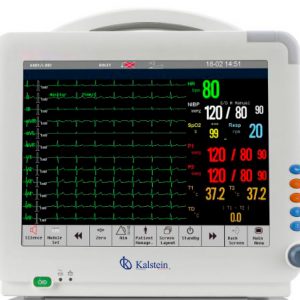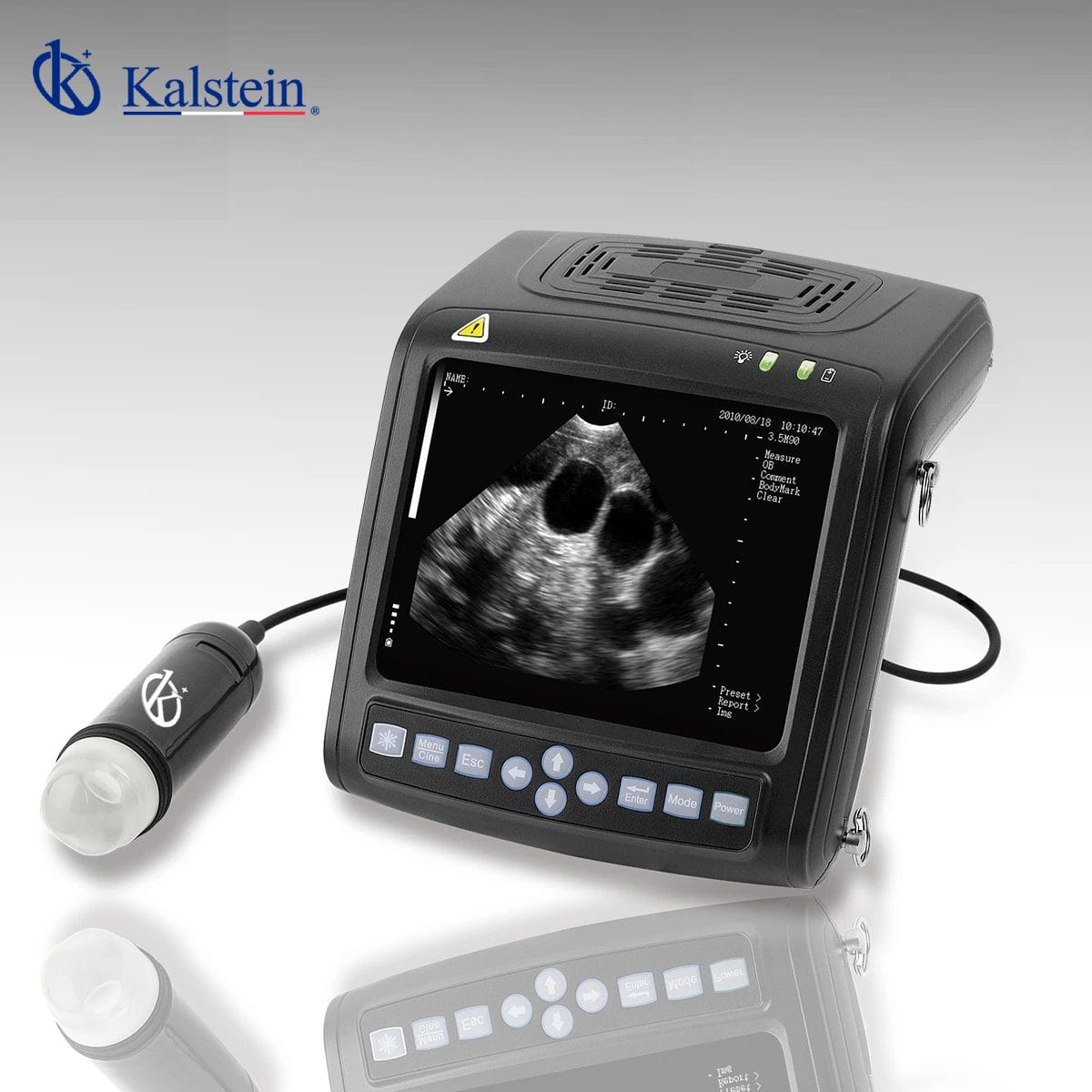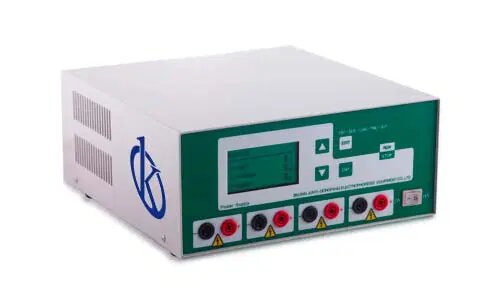A patient monitor is a medical device that allows monitoring the vital signs of patients in critical condition and should be subjected to constant surveillance by medical personnel, in case of any alteration in the values of these; vital signs that are recorded with this equipment are: heart rate (ECG), respiratory rate (RESP), non-invasive blood pressure (NIBP), pulse (PR), oxygen saturation (SpO2), temperature (TEM), CO2 and invasive blood pressure (PAI).
Who’s in charge of interpreting a patient monitor?
Readings from a patient monitor are carried out by health professionals who are prepared to do so; who are able to interpret the signs that are read on the screen and who know how to distinguish the alarms they report from any alteration in the vital signs; this is very important because the patient’s life depends on interpretation and rapid analysis. The values can be seen on the monitor screen; both graphics and numbers should be seen with the naked eye for a better and easier display by medical staff.
When using a patient monitor, accurate blood pressure and other vital signs as mentioned above can be recorded. With these, physicians obtain an assessment of the physiological conditions of their patients in order to be able to make an appropriate diagnosis in case of any disease.
How does a patient monitor work?
This equipment can be configured manually; set parameters on values and place alarms that give warnings when these parameters go beyond what is set as normal values. Record and store data in case of arrhythmia; keep the graphics of electroencephalograms; for subsequent analyzes and interpretations.
Parameters to be interpreted in a patient monitor
- Respiratory rate: It’s one of the most notorious vital signs, it’s simply counting the number of times a person inspires/breathes per minute.
- Blood pressure: It’s the force of blood pushing against the walls of the arteries. When blood pressure is measured, two figures are recorded. The higher so-called systolic pressure indicates the pressure inside the artery when the heart contracts and pumps blood into the body. The lowest figure represents diastolic pressure which denotes the pressure inside the artery when the heart is at rest and filling with blood. They are measured in millimeters of mercury mmHg.
- The blood pressure reading uses two numbers. Generally, the systolic number is placed before or above the diastolic number. For example, 120/80 means you have a systolic pressure of 120 and a diastolic pressure of 80.
- Heart rate: It is the rhythm or regularity with which the heartbeat usually occurs are two noises and should be rhythmic and regular, occurring 60 to 100 times in a minute, the latter is called heart rate.
- Pulse: Refers to the number of heartbeats per minute. The pulse measurement provides important information about any cardiac alteration, and therefore indications about any possible medical condition.
- Oxygen saturation: It’s the amount of oxygen available in the blood. When the heart pumps blood, oxygen binds to the red blood cells and distributes through the body.
- Body temperature: The measurement of body temperature can be useful to identify a disease.
What do we offer you in Kalstein?
At Kalstein we are MANUFACTURERS of medical equipment at the best PRICES on the market. In this opportunity we present you our Multiparameter Patient Monitor YR02178 // YR02179, this equipment has the following characteristics:
- Slim body with concealed handle, easy to move;
- Visual and sound alarm with three-color alarm light;
- Lithium battery inside;
- Fan-free design, meets multiple patient ward requirements;
- Able to save data when power supply fails
For more information we invite you to take a look HERE




